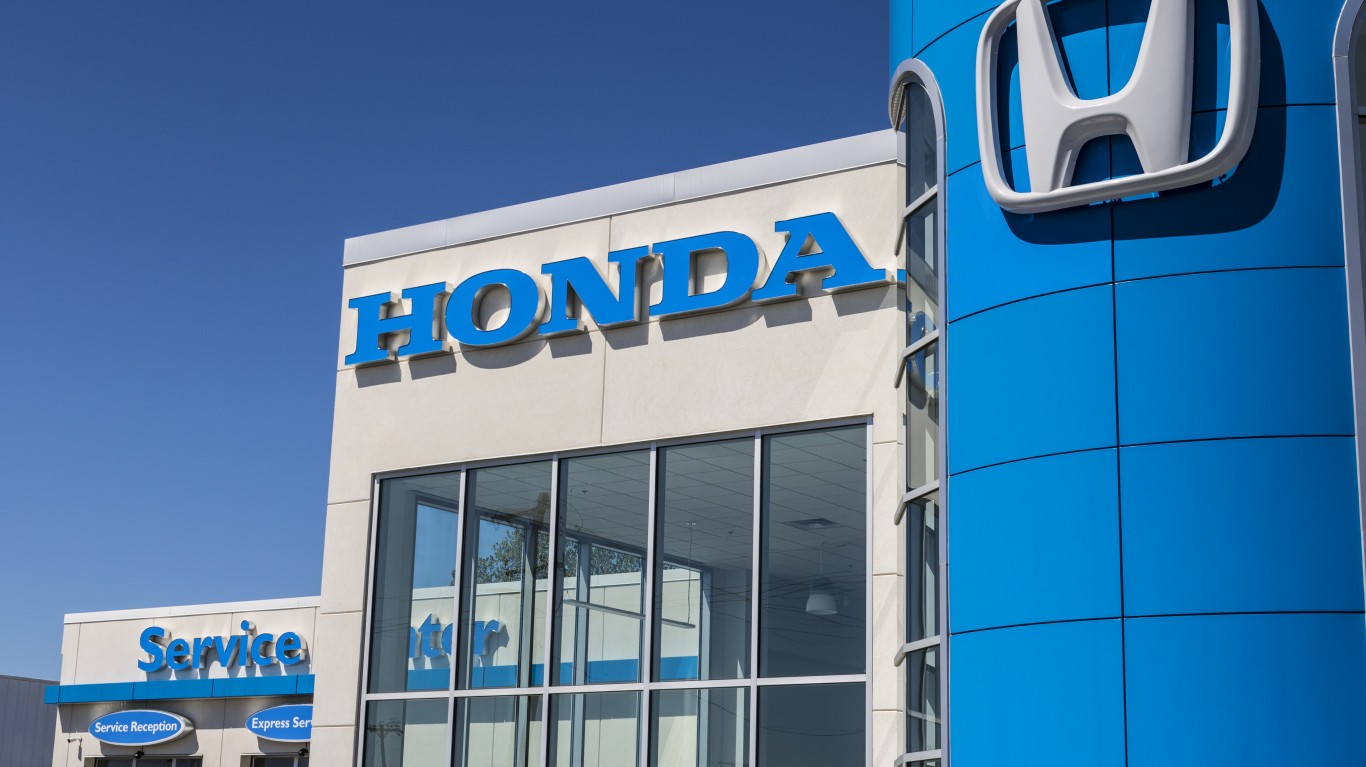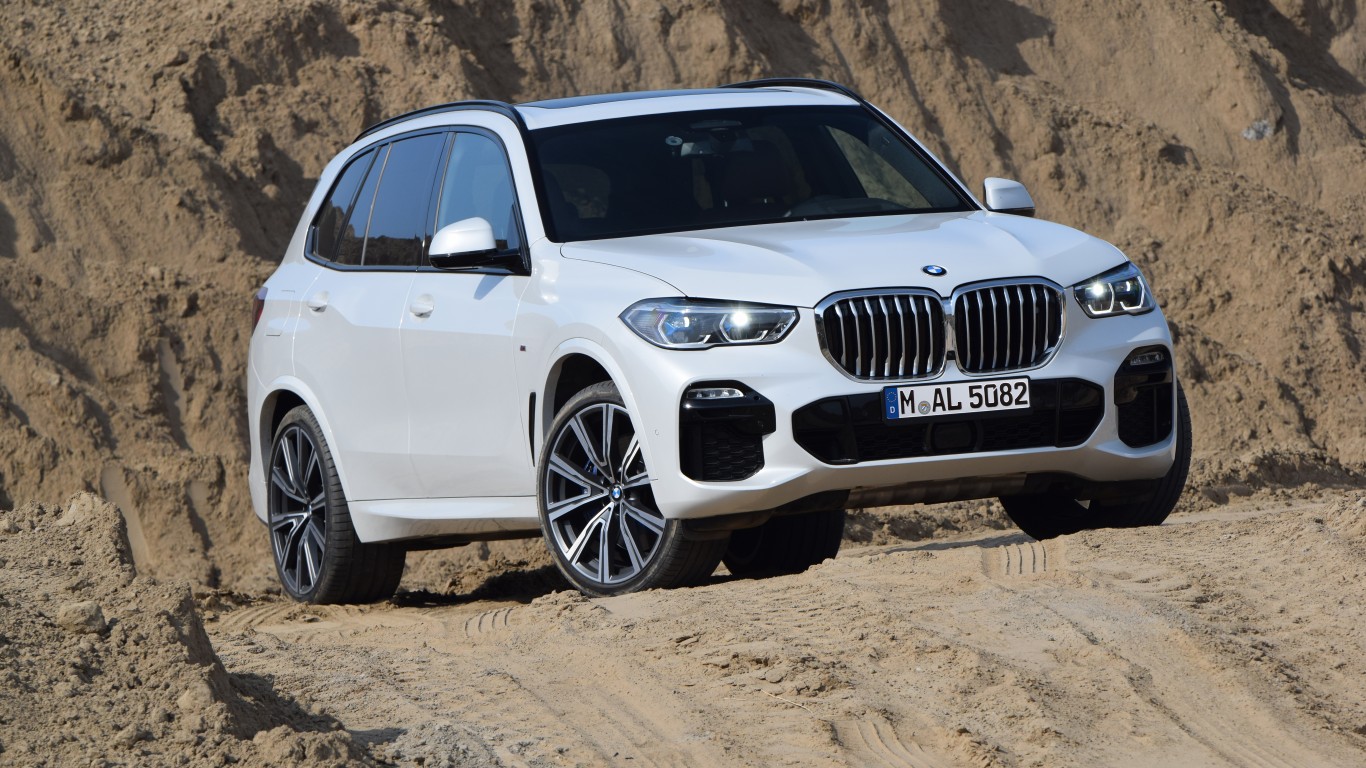 When GM decided to close its Saturn and Pontiac brands it forgot to put a “do not resuscitate” sign on Cadillac.
When GM decided to close its Saturn and Pontiac brands it forgot to put a “do not resuscitate” sign on Cadillac.
Cadillac is in trouble, and that trouble is likely to get much worse in 2010 due to a poor product mix, a leasing system that puts it at a huge disadvantage to its competition, and an ongoing perception that many of its models are not as well-made as their Japanese and European counterparts.
Cadillac has launched new vehicles in the last several months. Its CTS sedan is considered as fine a vehicle as any in its class. Cadillac has begun an aggressive advertising campaign and has changed its logo, but it cannot hide the brand’s sharp erosion in popularity among luxury car buyers. The money spent on marketing is largely a waste unless and until Cadillac can solve many problems quickly. It has to do that while successful competitors bring new models to market with highly flexible customer financing options.
Cadillac’s sales are down 44% through the first nine months of the year. Sales in the overall luxury category, which includes 14 brands according to Edmunds, are down 30% during the same period. BMW sales, in contrast, are off 28%, Mercedes down 23%, Lexus, the Toyota (NYSE:TM) luxury brand, sales are down 27%, and Ford’s (NYSE:F) Lincoln are off 28%. Cadillac sales put it in fifth place among luxury cars, just behind Acura the Honda (NYSE:HMC) high-end nameplate. The rate at which Cadillac’s sales are sliding could move it behind three more brands—Audi, Infiniti, and Lincoln—in 2010. Cadillac will barely be more than a niche brand if that happens.
Cadillac’s first problem is that it has a weak product line. The CTS is as well-regarded as any mid-sized sedan and the GM division’s large Escalade is also considered a strong competitor in its sector of the luxury market of large SUVs. Cadillac lacks a sports coupe, something which virtually all of its major competitors have, and a high-end “aspirant” vehicle, which it had in its XLR convertible hardtop, which was discontinued in the 2009 model year.
Cadillac has launched its SRX, moving it into the crossover segment of the car market, a class of vehicles which has been successful for many other brands. The car is not sufficiently differentiated from Cadillac’s CTS Sports Wagon. The dimensions, engines, options, and pricing of the vehicles is bound to cause confusion among potential customers online and at dealerships. The cars have distinct physical appearances, but beyond that they are unusually similar in features and dimensions as a trip to a Cadillac dealer will show.
Cadillac’s large sedan, the STS, sells for about $50,000. It is in one of the most hotly contested segments of the luxury car market and is up against models of similar size and features from Audi, BMW, Mercedes, and the Lincoln MKS. One of the greatest threats to the STS is the popular Hyundai Genesis which has been remarkably well-reviewed and is priced well below the Cadillac. Hyundai also has a coupe, the Genesis Coupe, which is a category that is missing in the Cadillac model line. It is disappointing that GM did not take the 2SS version of its successful Chevrolet Camaro and craft it to be Cadillac’s coupe.
Cadillac continues to have its “old man’s” car, the DTS, which is likely to continue to sell well, but helps perpetuate the impression of many consumers that Cadillac is a brand for drivers over 60-years-old.
Cadillac ranked third in the recent JP Power “Initial Quality Study”, but it does not do well in many car reviews and vehicle comparisons. The Consumer Reports ratings of Cadillac cars and light trucks are particularly poor in the “ownership costs” category. That is understandable because of the high costs of most luxury cars. What is damning is that Cadillac models do particularly poorly in the “predicted reliability” measurement. Consumer Reports explains the data for this category “are based on the percentage of respondents who reported problems in each of the 17 trouble spots.” The information comes from over 1.4 million responses from Consumer Reports subscribers.
The US News New Car Rankings put Cadillac models in second place or worse in each of the categories in which they are included. Among Upscale Midsized Cars, the Cadillac CTS ranks #7 behind most of the major luxury brands and the Hyundai Genesis which ranks #2. The DTS ranks #7 in the Large Luxury Car category. Cadillac’s XLR convertible ranks #14 among Luxury Convertibles. The model has been discontinued. The SRX ranks #3 in Luxury Midsized SUVs behind vehicles from Lexus and Acura. The SRX runs second in the Luxury Crossover category. The sole category where a Cadillac finishes first is the Escalade’s rank in the Large Luxury SUV category. The Escalade Hybrid ranks #6 in the Hybrid SUV category.
GM has a habit of cutting off the oxygen to its brands when they need it the most. The Wall Street Journal pointed out a month ago that 6% of Cadillac customers leased a car from the company in August. The paper writes “That compares to 32% of customers taking the lease option at the five import luxury brands that Cadillac competes with: Mercedes, BMW, Lexus, Audi and Acura.” GM’s failure to provide adequate leasing programs for its luxury brand may be excused by its Chapter 11 filing, but that excuse will not help to save the drowning Cadillac brand.
Most industry experts expect a very modest improvement in overall light vehicle sales in the US in 2010. Under those circumstances, Cadillac would have to sell 100,000 cars next year to keep its place in the luxury category. It is just as likely Cadillac’s sales will be no better than 80,000 in 2010 unless GM can quickly solve the division’s inadequate lease options and improve the public’s perception of its line-up, especially its larger sedans, wagon, and crossover vehicles. GM and Cadillac have waited too late to infuse the Cadillac brand and vehicles with creativity, choice and excitement.
Cadillac’s best days are behind it.
Douglas A. McIntyre
100 Million Americans Are Missing This Crucial Retirement Tool
The thought of burdening your family with a financial disaster is most Americans’ nightmare. However, recent studies show that over 100 million Americans still don’t have proper life insurance in the event they pass away.
Life insurance can bring peace of mind – ensuring your loved ones are safeguarded against unforeseen expenses and debts. With premiums often lower than expected and a variety of plans tailored to different life stages and health conditions, securing a policy is more accessible than ever.
A quick, no-obligation quote can provide valuable insight into what’s available and what might best suit your family’s needs. Life insurance is a simple step you can take today to help secure peace of mind for your loved ones tomorrow.
Click here to learn how to get a quote in just a few minutes.
Thank you for reading! Have some feedback for us?
Contact the 24/7 Wall St. editorial team.




